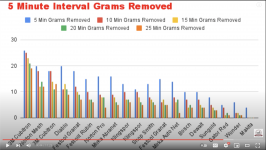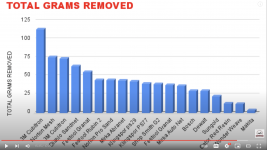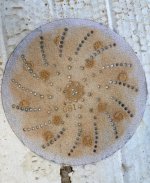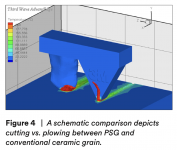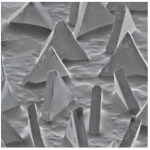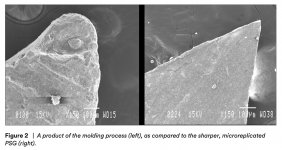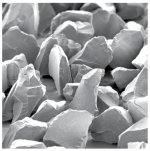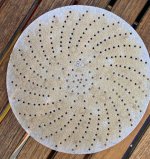smorgasbord
Member
- Joined
- Jan 7, 2022
- Messages
- 1,093
I'm looking to upgrade from my old 6" Bosch 1370 sander to a new Random Orbit sander. The Bosch has the feature of being changeable from RO to the equivalent of Rotex mode, but it's tall and heavy so my thinking is to put it permanently into Rotex mode and get a more comfortable RO sander.
I've been all set on the ETS/EC 150/5 (and just missed one that came up on Recon recently), but saw a Stumpy Nubs video extolling the virtues of 3M's new Xtract sander (yeah, same name as the sand paper), which comes in both 5" and 6" versions. Slightly cheaper than the Festool, but no systainer, etc..
Has anyone used these 3M sanders? I work in my own workshop - no travel to sites. I have a 25" wide dual drum sander for rough sanding (typically 80 & 120 grits), and Bosch for rotex, and then I have an LS130 I use for final pass/finish sanding, plus a cork block. This RO sander would fit between the drum and LS130/cork block, so I don't need the heaviest removal nor the finest finish sanding.
I've been all set on the ETS/EC 150/5 (and just missed one that came up on Recon recently), but saw a Stumpy Nubs video extolling the virtues of 3M's new Xtract sander (yeah, same name as the sand paper), which comes in both 5" and 6" versions. Slightly cheaper than the Festool, but no systainer, etc..
Has anyone used these 3M sanders? I work in my own workshop - no travel to sites. I have a 25" wide dual drum sander for rough sanding (typically 80 & 120 grits), and Bosch for rotex, and then I have an LS130 I use for final pass/finish sanding, plus a cork block. This RO sander would fit between the drum and LS130/cork block, so I don't need the heaviest removal nor the finest finish sanding.

